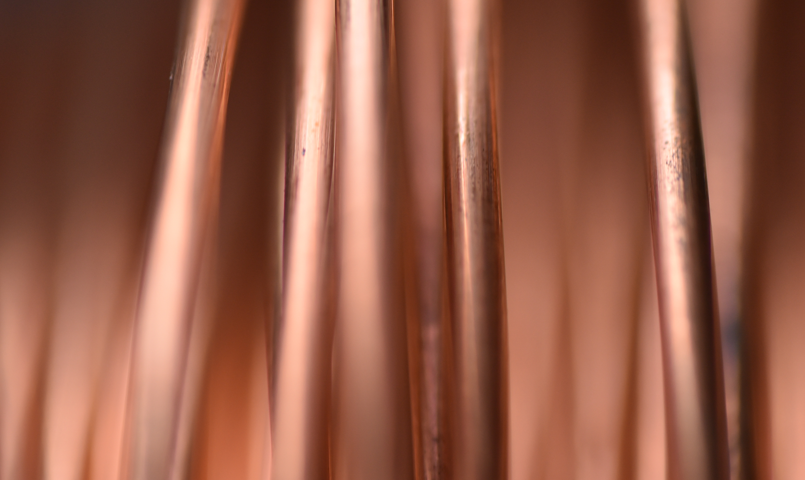Table of Contents
When it comes to joining two ultra-fine wires to prepare the micro-coils, we have to rely on the micro-soldering method. This method helps to connect the wires of 9 microns in diameter. This diameter is five to ten times smaller compared to the diameter of human hair. In order to connect the wires, most manufacturers earlier used two traditional methods, such as i) soldering method and ii) welding method. Nevertheless, in the case of joining ultra-fine wires, these methods are not suitable.
With the increasing demand for microscopic components for medical devices, such as transducers and sensors, the demand for micro-coils is also increasing. The connection of ultra-fine wires is crucial to building the micro-coils as well as these components. However, an efficient method needs to deploy for joining the ultra-fine wires in order to get rid of the downsides of traditional methods and build effective joints.
Ultra-fine wires are essential elements for winding the micro-coils by using advanced micro-motion control and positioning systems. There are certain limitations for the development of the final size and shape of the components due to multiple physical and environmental influences. For this reason, the connection method of ultra-fine wires involves numerous non-trivial challenges. On the other hand, manufacturers should follow the ultra-strict tolerance requirements in order to prepare the final component. Therefore, the traditional methods are no longer reliable to satisfy all these requirements.
Traditional Connection Methods:
- Soldering Method:
This method engages a filler metal that has a lower melting point and helps to join the wires by using an external heat source.
- Welding Method:
This method applies an electric current and helps to join the wires by melting their metals.
There are several physical constraints associated with these two methods. The major drawbacks of these methods are-
- The connections through these methods are less durable due to the oxidation around the joints of the wires.
- These methods can result in inaccurate heat spread and destroy the wires.
- An excess physical strain can occur through the heat-based soldering method and that can negatively affect the durability and reliability of the wires.
Thermo Compression Bonding Technology:
The definitive solution for getting rid of the connectivity challenges and the issues of traditional methods is the Thermo compression bonding technology. This technology is not only effective to connect the ultra-fine wires that are similar in diameter and material but also helpful in joining two dissimilar wires even if the diameter of a wire is twelve times thicker than the other. You can rely on this technology to join the wires of different metals.
The Connections through Thermo Compression Bonding Technology:
You can use Thermo compression bonding technology
- To build a connection between tiny thermocouples and ultra-fine wires
- To develop a metal-to-metal connection between an electromagnetic coil and a printed circuit board by using heavier intermediate wires.
- To build a connection between an electromagnetic coil and a support system by using a metal-plated end.
Besides providing molecular connections, Thermo compression bonding technology is effective to offer highly durable and reliable, strain-free, and corrosion-free joints. This technology is also economical compared to the traditional welding and soldering methods as this method helps to reduce the overall costs for manufacturing the micro-coils. This method is not only useful to maintain high standards for medical applications in various customer environments but also easy to integrate into mass production procedures. For this reason, this method is useful to manufacture long-life products and disposable products, such as permanent implants.
Applications:
Ultra-fine wire connectivity technology and electromagnetic coils are effective for several applications, such as-
- Diagnostics:
For the measurement of blood flow and respiration and the detection of physiological conditions such as heartbeat and blood pressure through tiny sensor implants that involves wireless communication
- Therapeutic Applications:
For the preparation of the devices for electricity-based ablations and electrophysiology treatments
- Active Implants:
To prepare implanted pace-makers, the devices for deep brain stimulation, and pain management devices
- Orientation and Navigation Sensors:
For targeted drug delivery, highly accurate ablations, targeted radiation catheters, endoscopic manipulation, implanted markers, and stent positioning.
The Future of Micro-Soldering Method:
The designers can now enjoy limitless new possibilities with the help of Thermo compression bonding technology. As the need for accessing the body regions with high density is increasing, the demand for implanted components without hampering the body functions is rising. For this reason, there is a great future ahead for the Thermo compression bonding technology.
